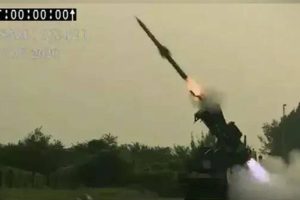Chief of Army Staff (COAS) General Upendra Dwivedi praised the Indian Army’s decisive and calibrated approach during Operation Sindoor, emphasizing that the conflict with Pakistan extended well beyond the declared cessation of hostilities on May 10.
Speaking at the launch of the book “Operation Sindoor: Before and Beyond” on Friday, General Dwivedi underlined that the ceasefire announcement did not mark the end of challenges. “You may be thinking the war finished on May 10. No. It continued for a long time because so many decisions had to be made. It will be difficult for me to share beyond that,” he remarked.
Operation Sindoor was launched on May 7 in retaliation to the Pahalgam terror attack, which killed 26 people. India’s response targeted cross-border terror infrastructure, followed by heavy shelling along the Line of Control until the May 10 ceasefire understanding.
General Dwivedi revealed that defining a “calibrated response” was itself a major challenge, with multiple strategic discussions taking place. Veterans offered varied options, but every action—or deliberate restraint—was weighed for its long-term impact.
He hailed the Army’s seamless coordination during the 88-hour operation, describing it as moving “like a rhythmic wave.” According to him, units operated in complete synergy without the need for lengthy planning cycles, demonstrating precision and preparedness.
On broader reforms, the COAS said the process of theaterisation of armed forces is progressing satisfactorily, stressing the need for unity in command and decentralisation in execution to enhance effectiveness in future conflicts.
Lt Gen KJS “Tiny” Dhillon (Retd.), author of the newly launched book, said the work traces the journey from the Pulwama and Pahalgam attacks to Operation Sindoor and beyond. The book details intelligence gathering, target selection, inter-agency coordination, Pakistan’s reaction, and the narrative battles that followed the ceasefire.
Dhillon added, “It covers why Pahalgam happened, the operational build-up, the destruction of targets on May 6–7, Pakistan’s response on May 10, and the long-term strategy that shaped the ‘new normal’ along the LoC.”





